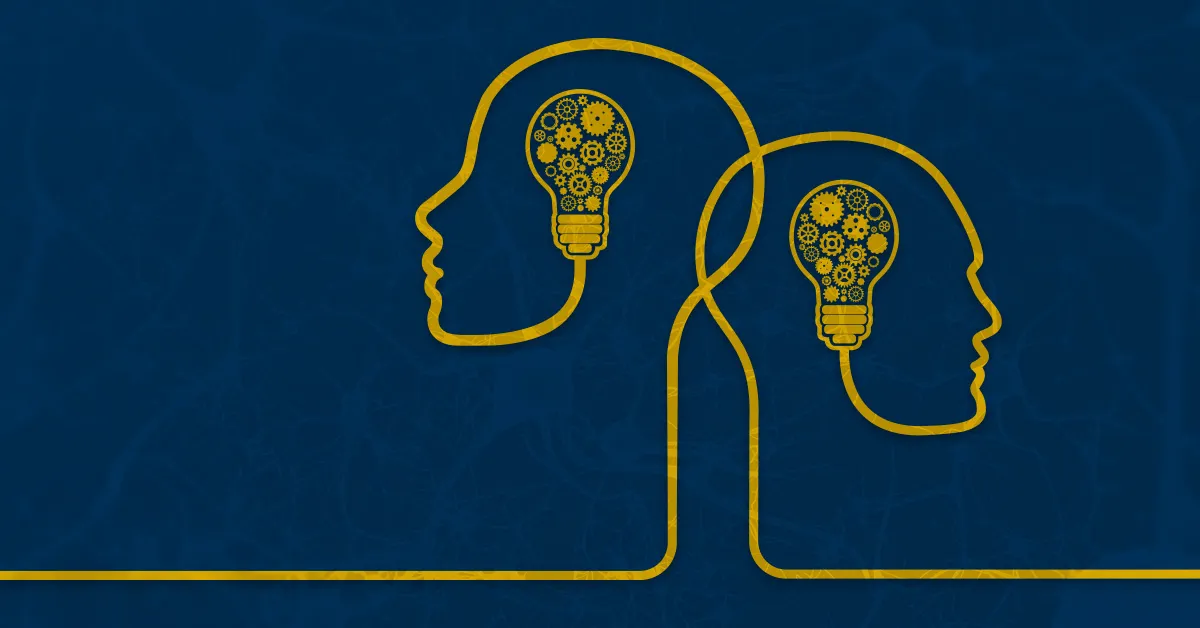In the world of marketing, understanding how consumers make choices can be the difference between a successful campaign, promotion, or innovation—and one that misses the mark. Just think of Lidl’s well-known “limited-time offer.”
Limited quantities trigger a sense of urgency and exclusivity in consumers, increasing both desire and the likelihood of purchase. This is a classic example of how retailers apply behavioral economics—essentially, psychology in marketing—to drive consumer action.
Behavioral economics shows us that context, emotions, and social influence significantly shape decision-making. Recognizing these factors helps brands craft campaigns that resonate and ultimately convert.
Context Is King
Context refers to the environment or circumstances in which a person makes a decision. This includes physical surroundings, social dynamics, cultural norms—even the weather. For example, placing fresh fruit at the entrance of a Maxi store or IKEA’s well-designed layout can nudge shoppers into buying more. Google famously changed employee eating habits just by rearranging food options in its cafeterias—without altering the menu or pricing.
The Power of Social Influence
Social influence is another powerful driver. People naturally mimic those around them. The need to belong is hardwired into us—it reduces uncertainty, builds a sense of safety, and helps shape personal identity. It also minimizes the perceived risk of a bad decision, especially in unfamiliar situations. Amazon’s “Customers who bought this also bought…” and Booking.com’s “8 people are viewing this room” are perfect examples. These subtle prompts rely on social proof to encourage action.
Fast Thinking and Mental Shortcuts
On average, we make about 35,000 decisions a day. Our brains are wired to operate like fast machines. To keep up, we rely on mental shortcuts—quick decision-making tools that save time and energy. For instance, we often choose a familiar brand over a new one simply because it feels safer and easier.
This tendency stems from our brain’s evolutionary need to conserve cognitive resources. We can’t objectively analyze every choice, so we lean on past experiences, patterns, and intuition to guide us. While not always logical, these decisions are fast—and often good enough.
Interestingly, even though we frequently behave irrationally, these behaviors are predictable. That’s why one of the leading experts in the field, Dan Ariely, titled his popular book Predictably Irrational.
How Top Brands Use Behavioral Economics in Marketing
Here are a few common principles brands apply:
-
Scarcity Principle: Limited-time or low-stock offers increase perceived value and drive urgency.
-
Anchoring: Showing original prices next to discounted ones makes the discount seem more significant.
-
Social Proof: Customer reviews, testimonials, user-generated content, and “best-seller” tags help build trust and influence purchase decisions.
-
Simplicity: Fewer choices, clear communication, and user-friendly language all improve the customer experience and reduce decision fatigue.
By understanding and applying these behavioral patterns, marketers, designers, product managers, and innovators can better predict consumer behavior—and influence it.
Behavioral economics is like a secret ingredient in successful marketing: it helps us understand why people buy what they buy.
The endlessly entertaining Vice Chairman of Ogilvy, Rory Sutherland, said it best:
“Not everything that makes sense works, and not everything that works makes sense.”
Want to learn how to use behavioral economics in your business? Join our upcoming workshop: The Psychology of Consumer Decision-Making.
